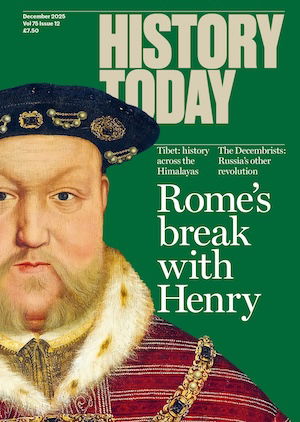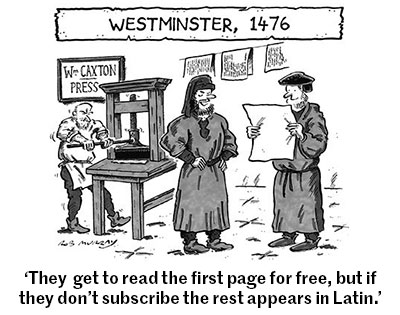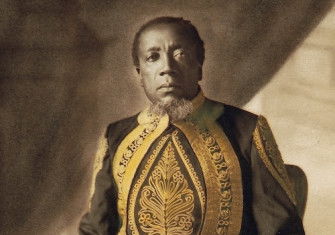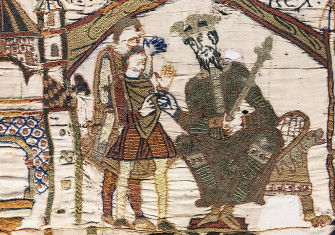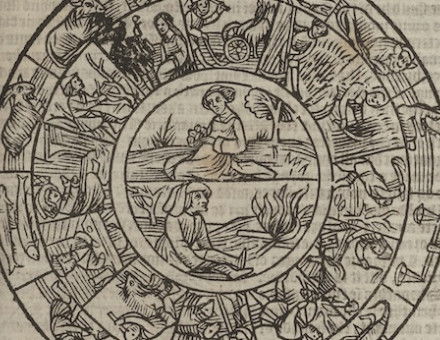Does a Focus on Royalty Obscure British History?
‘Mary, Bessie, James you ken, then Charlie, Charlie, James again...’ Does the litany of kings and queens help or hinder an accurate understanding of Britain’s past?
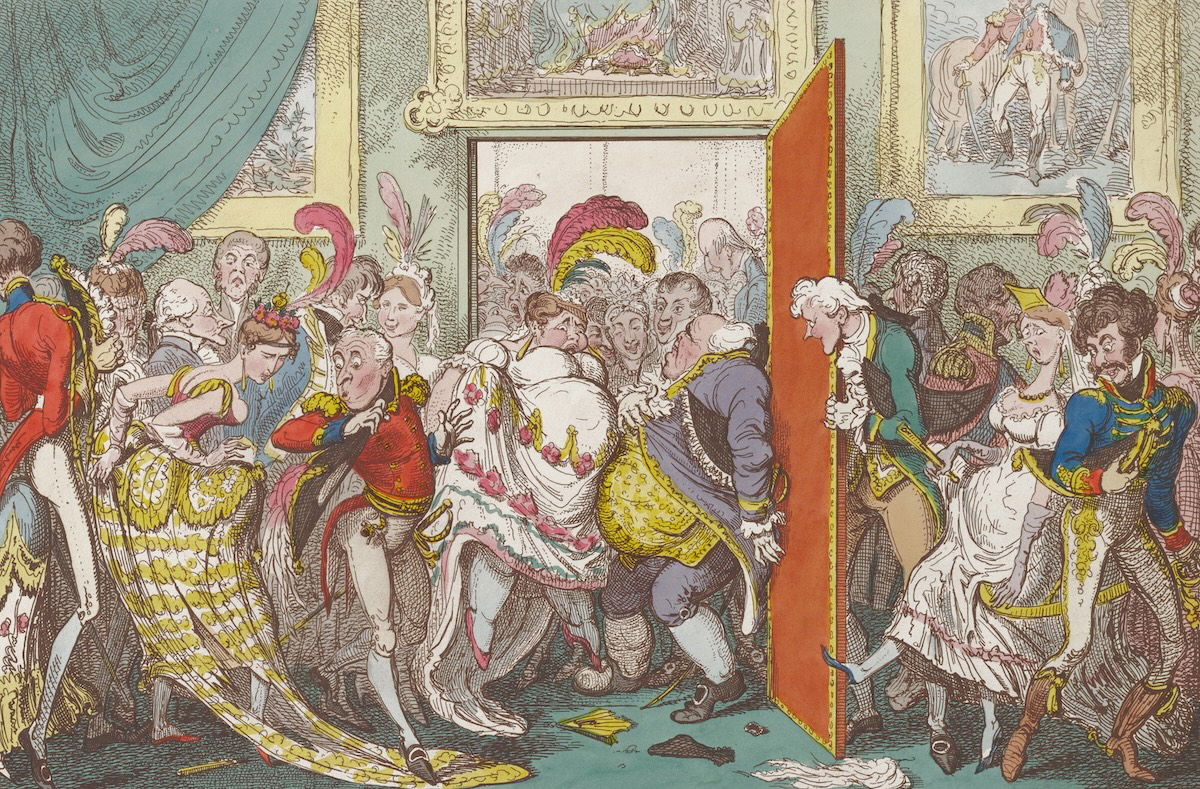
‘The risks are acute when we turn to traditional periodisations’
Levi Roach is Professor of Medieval History at the University of Exeter
There can be no doubt that monarchs bulk inordinately large in British history. Whether the subject be Georgian architecture, Victorian literature, or Tudor religious culture, we find ourselves framing discussions in terms of ruling monarchs and dynasties, even when the subject has little to do with them.

